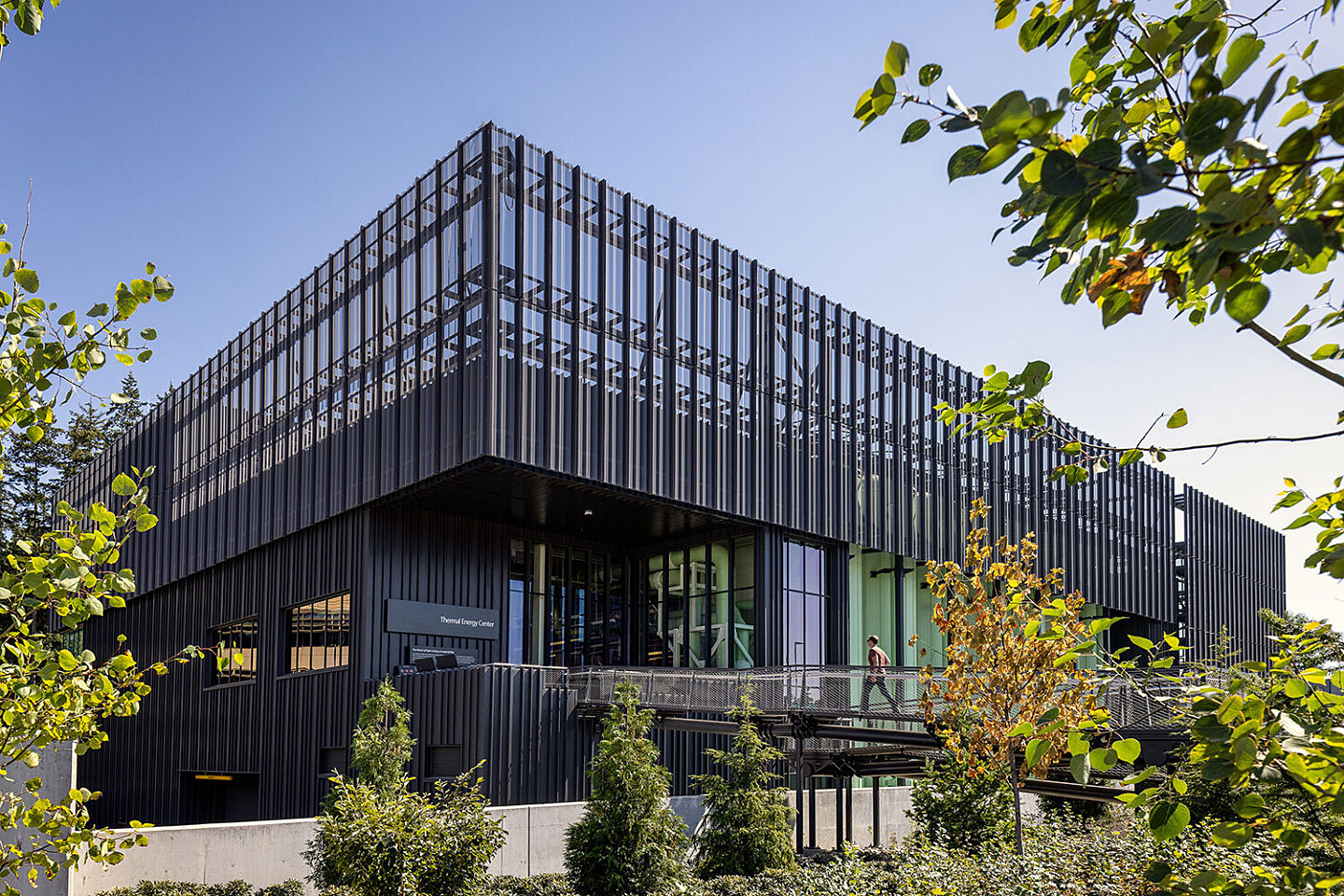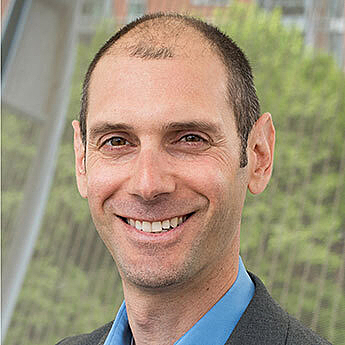Projects

News 12.11.2023
Northwest Project of the Year 2023: Microsoft Thermal Energy Center
The Microsoft Thermal Energy Center is ENR NW's Project of the Year.
ENR NW
External Source

With infection transmission and containment a hot conversation topic across the globe, HVAC systems find themselves rather unexpectedly in the spotlight.
We asked our Mechanical Specialist, Erik Bedell PE, to share his thoughts on high efficiency air filtration for new and existing HVAC systems, how they can help in the fight against coronavirus and future pandemics, the pros and cons of upgrades, and alternate solutions.

Photography by Benjamin Benschneider.
It didn’t take long for the coronavirus pandemic to spark discussion across the industry about adding high efficiency air filtration—specifically those with a Minimum Efficiency Reporting Value [MERV] of 17 and greater—to new and existing buildings. The two types you’ll hear about most that fall in this high efficiency category are High Efficiency Particulate Air [HEPA] filtration and Ultra Low Particulate Air [ULPA] filtration.
HEPA filtration in particular is effective in capturing viruses—including the coronavirus. It is certified to capture 99.97% of particles 0.3 microns and larger. While the coronavirus is smaller than 0.3 microns, the water droplets that carry it when we breath, cough, and sneeze are generally larger, around 1.0 micron in size, and easily captured by HEPA filtration.
Decisions about HVAC air filtration system design ultimately come down to first cost and a system’s long-term maintenance requirements. Increasing the percentage of outside air and including MERV 17-20 [e.g. HEPA and ULPA] filtration adds a cost premium to air handling equipment. Most existing air handlers cannot accommodate this type of filtration because the air filter racks are too small, requiring total replacement or at best, substantial modifications.
While a high efficiency air filtration system is certainly worth looking at, be sure to consider the following impacts:
Hospitals, laboratories, and life science facilities already have high efficiency air filtration installation, replacement, and maintenance protocols in place. Most of the buildings that the general public uses on a regular basis [offices, schools, restaurants, grocery stores, and retail] do not.
Does it make sense to invest in an upgrade or incorporate high efficiency air filtration in a new building? How much will it cost? Will the pros outweigh the cons? GLY helps navigate this decision-making process. High efficiency air filtration systems make sense for some buildings and owners, but there are plenty of other solutions that can significantly improve a building’s ability to keep occupants safe. For example, if a building’s current air handling system has the capacity to do so in terms of cooling and heating coil capacity, we can increase the concentration of outside air. This solution does however increase energy costs and many air handlers do not have the cooling or heating capacity to accommodate higher outside air concentrations on extremely warm or cold days.
Beyond typical applications for healthcare and life sciences, we anticipate that owners of all building types will reconsider their investments in air handler and filtration system design.
For new buildings, there are many ways to mitigate costs and leverage synergies across all stakeholders [architects, engineers, owners, facilities, etc.] by having these conversations during the early planning and design phases. In collaboration with the design team and our mechanical contracting partners we can optimize solutions in mitigating first costs and discuss how to address and properly budget the ongoing maintenance costs.
For existing building retrofits, there are multiple ways to add higher efficiency filtration systems in a cost-effective manner without replacing an entire unit. Use of external filter banks, increasing terminal unit filtration, or simply increasing filter maintenance protocols can provide the building owner and occupants with a safer indoor environment.
GLY and our network of sophisticated mechanical partners across the Puget Sound region welcome your questions and stand ready to support you in evaluating the best options for the design, installation, retrofit and maintenance of high efficiency air filtration systems that will protect and safeguard your tenants. Give us a call, or feel free to connect with me on LinkedIn.
Tags:

Director of MEP Services
P.E.
Erik uses his extensive engineering background to assist with integrating mechanical systems into new and existing buildings. With many years of designing mechanical systems under his belt, he’s proven to be an invaluable asset to our clients—specializing in complex life science, technology, industrial, and healthcare projects. Erik previously lived in Colorado, where he developed an obsession for mountain biking. Now racing competitively, he and his family own 12 bikes, living the principle that the correct amount of bikes to own is n+1, with n being the amount of bikes they currently own.